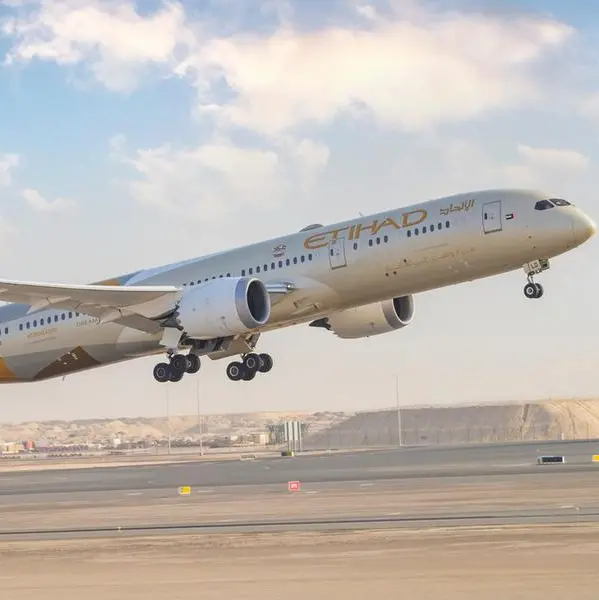MUSCAT: Oman's government has projected a capital expenditure of around RO 2.5 billion in the expansion and modernisation of the country's water infrastructure over the next 25 years through to 2040, according to a senior official of the Public Authority for Electricity and Water (PAEW). Guillaume Merere, Planning Manager, said the investment will partly go towards the development of new networks to serve green-field areas being added to the water grid, while the balance will be used to finance the cost of renewing old, dilapidated transmission and distribution infrastructure.
Addressing delegates at last week's Oman Energy and Water Forum 2015, Merere said the capex plan underscores the authority's "ambitious" strategy to design, develop and execute an efficient and secure water delivery system catering to the needs of the growing population and the diversifying economy.
That strategy, he explained, is enshrined in the National Water Sector Master Plan entailing a 25-year blueprint for expanding and reinforcing the country's water transmission and distribution infrastructure.
Spending on new water infrastructure is envisaged at the rate of around RO 150 million annually over the initial 10-15 years of the tenure of the master-plan. The rate of investment then begins to decrease somewhat as the focus shifts to the replacement of old infrastructure. By the end of the 25-year timeframe of the master-plan, capital expenditure in the water transmission and distribution infrastructure is projected to reach RO 2.5 billion, the official stated.
As a result of the massive investments planned in the water sector, the total length of the distribution networks is projected to grow three-fold to around 30,000 km by 2040, said Merere. Of this length, around 22,000 km will be part of PAEW's Main Interconnected System (MIS).
Transmission networks are also expected to burgeon during this period, the planning manager said. While some of the water transmission projects are envisioned within Muscat Governorate, transmission lines will be laid across a number of governorates as well, he explained.
Within Muscat Governorate, a transmission line is currently being laid from Qurayat and Wadi Dayqah to Al Amerat and Muscat beyond, according to Merere. Coverage of Muscat is also being strengthened via the ongoing construction of a transmission line from Ghubrah to Muscat. Furthermore, construction will shortly commence on a new transmission system that will run westward from Ghubrah, he pointed out.
Importantly, the master plan also calls for the connection of Dhahirah Governorate to the Main Interconnected System, while network reinforcement projects are envisaged across the governorates of Sharqiyah North and South, Dakhiliyah, Batinah North and South, and Musandam. The complexities of master planning the development of the water sector over the next 25 years were outlined by PAEW's Senior Hydraulic Engineer, Richard Burd, at the conference.
Basic data for the strategic hydraulic model on which the master plan is based has been painstakingly garnered over the past 3-4 years.
It involved the collection of data on the size of pipes used in the water networks, size of boosters, capacity of reservoirs, demand profiles, district metering information, and so on. Information was also collected from the various governorates served by PAEW. The upshot, said Burd, is a master plan supplemented by live tools for dynamic planning that caters for evolving changes in consumption behaviour, demand growth trends, population growth patterns, and so on.
Oman Daily Observer 2015











